The Danube Art Ensemble brings treasures of the region Mezőség (Transylvanian Plain), from dance through music to clothes, to a Budapest audience. Mezőség, which is between the cities Cluj-Napoca, Gherla and Dej, looks barren but in fact has a rich cultural life. We were asking director Zsolt Juhász about the show.

In the 1970s, a movement around folk dance started to emerge in Hungary, and even nowadays, a lot of young people go to the so-called ‘dance houses’. One of the most popular dance orders is from Palatka, which was called ‘from the Mezőség’ for a long time. It might not be as spectacular as other forms, but it still cannot be missed from any dance house. What is the secret of its popularity?
We started a series recently that only focusses on the dances and music of one single region. The first one we chose was Kalotaszeg, which is relatively well-known in Hungary, thanks to their famous embroidery. Mezőség is a similar case, but it is more like the dances themselves that people know. In dance houses, they always like to try the ones ‘from the Mezőség’. This name is outdated, actually: our musicians and dancers name the dances after their specific villages. They are ‘from Palatka’, ‘from Keszü’, ‘from Feketelak’, ‘from Füzes’, ‘from Bonchida’ – and many more, because this little region is extremely diverse. Indigenous people do not call it Mezőség, though: all of them say that Mezőség starts at the next village over the hill. Indeed, it has many subregions, and all of them are very different.
What is the most important attribute of the Mezőség?
Our main focus in this show is to show how peacefully everyone can coexist here. The ethnic groups of Hungarians, Romanians and the Roma are featured in our production, but unfortunately we needed to leave the Germans out because of the lack of original sources. There are so many intersections, parallels between the groups, also in their dances. And the most important is how they accept each other and live in peace.
Locals of the villages, when intact from political agendas, did not have any ethnic conflict. Sándor Varga, our folklorist friend who came regularly to teach our dancers about the region, told us something interesting about this aspect. According to his story, there were two friends, a Romanian and a Hungarian, who consciously started a joint dance club in the early 2000s to do something against the ethnic tensions on the higher level of national politics.
How did you put the show together? Were there any special highlights?
I wanted to show an impression – the harmony that characterises the dance and the music. The unity. That is why we call the show ‘Beautiful Mezőség’. Dance here is very unified, both men’s dances and partner dances, but obviously, every ethnic group has its own traits, and to learn all of that was the most difficult task for the dancers and musicians. For the dancers, it was to distinguish between all those little style differences between the villages, and it’s definitely not easy. There is a basic dance material, and there are differences of millimeters between some steps or turns. However, folk dancers are used to mimicking various regions and how your whole behaviour needs to change, depending on where the dance comes from. Folk dance requires a strong sense for style, and professional dancers have it.
We started to work on the show in the beginning of the year, but the spring lockdown intervened, so we spent the whole summer picking up the thread and September-October with the actual preparations. We have worked with the materials for a very long time anyway, but the pandemic did not make anything easy for us. It makes us so happy to be on stage again and be part of an active artistic life again, but we will never forget how this show was prepared against all odds.
Is there any storyline in the show?
There is no actual plot, more like a mood. If the show is about something, then it is coexistence. But it is not shown through a linear plot but single scenes. I also wanted to put some of the famous people in the show who were born in the Mezőség.
Dancers?
I rather think of miscellaneous famous people. András Sütő, an award-winning writer. Zoltán Kallós, an ethnomusician and folklorist. Albert Wass, another writer. They were all born in the Mezőség, and we will mostly focus on the latter two. We feature some of the favourite songs by our Uncle Zoli, a.k.a. Zoltán Kallós, and our young actor friend Károly Tóth will recite some prose by Albert Wass. We put together little quotes that speak about the nature of the Mezőség: harmony, peace, imagery of nature, and how village people used to live here. But they are also rather descriptions, not stories. Moods from the Mezőség.
Some people have never heard anything about the Mezőség. What can they learn from the performance?
Even if they do not know this region, we can grow an interest in it. We have put together a strong show, both in scenery, dance, music, and spirit, and the dance parts are very spectacular and virtuose. But we will also show the slower, more melancholic imagery of the Mezőség. We fought a lot with and for this show, so it needs to be a great experience. It was worth all the hardships. Our audience will go home richer with a full theatrical experience.
Interview: Cecília Stenszky
Translation: Zsófia Hacsek

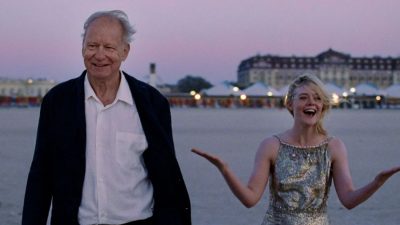
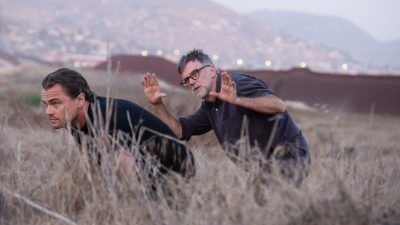
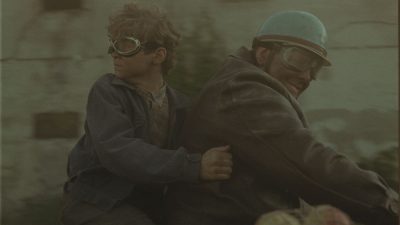
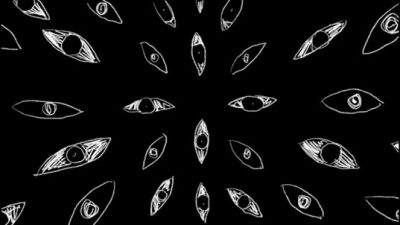


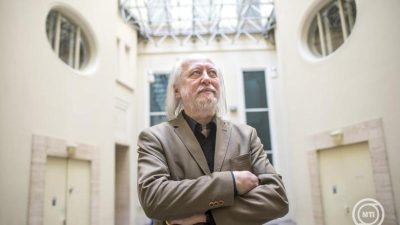





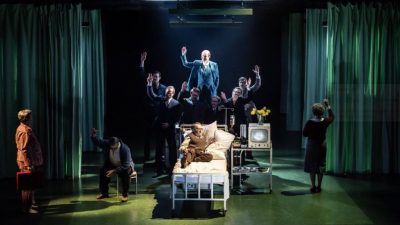
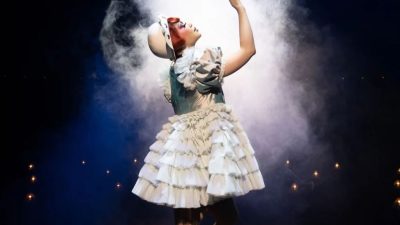
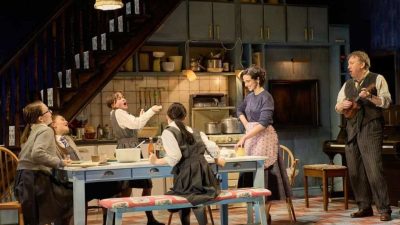
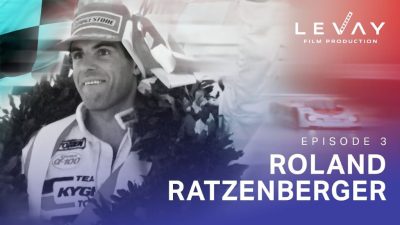






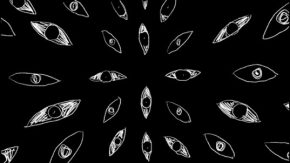

Comments